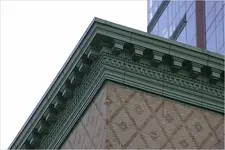Elam
Jr. Member
- Joined
- Jun 20, 2013
- Messages
- 24
- Reaction score
- 4
- Golden Thread
- 0
- Primary Interest:
- All Treasure Hunting
There are two pieces of brick or cement I found a few years ago. The first appears to say "Wm. Penn" and the second looks almost like "Mystery". I doubt it actually said "mystery". Was "Myster" an old spelling of "Mister"...?
Thanks for your help!
~Elam
Thanks for your help!
~Elam
Amazon Forum Fav 👍
Last edited:




